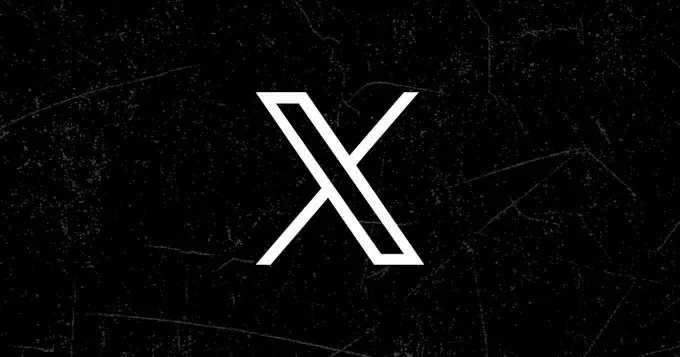In a bold move aimed at mitigating confusion within its user base, X (formerly Twitter) is rolling out new regulations for parody, commentary, and fan accounts. Commencing April 10, any account wishing to be identified as a parody must adhere to specific username guidelines and avatar distinctions as mandated by the platform. This shift represents a significant adjustment in how online impersonation is managed, redefining the digital landscape for humor and commentary in social media.
With the previous lack of clarity leading to a blurred line between original accounts and parody accounts, the changes promote transparency, ensuring that users can quickly grasp the purpose behind an account. No longer will you find an account masquerading as a celebrity without notice—each parody must declare its intent plainly. This means that if you want to launch an account parodying someone like Elon Musk, you must start with identifiers such as “Parody” or “Fake” in your name, essentially leading to usernames like “Fake Elon Musk.” This is crucial in today’s fast-scrolling digital world, where even truncated names can lead to misinterpretation.
The Necessity of Distinction
The introduction of these guidelines stems from a fundamental need for clarity among X’s gargantuan user base. By establishing firm boundaries around parody accounts, the platform seeks to reduce instances of misinformation and confusion that regularly plague social media. These steps may be viewed as ‘reasonable’ by some, but the necessity for such stringent measures raises questions about the state of user trust on the platform. Why has it come to this?
X’s transition to requiring explicit labels highlights a larger, ongoing struggle within social media giants to balance user freedom with responsibility. Traditionally, parody and commentary accounts were allowed a certain degree of freedom, but increased misinformation and impersonation attempts forced platforms like X to tighten rules. Users must have distinct mechanisms to differentiate between real voices and mere impersonations masquerading as legitimate commentary, particularly in an age where even the most absurd satire can be mistaken for fact.
Critique of the Verification System
One of the more contentious developments within this landscape is the abandonment of Twitter’s original verification system, which aimed to provide a clear and trustworthy marker for authoritative voices on the platform. Elon Musk’s decision to shift towards a model where checkmarks are available for purchase has diluted the very concept of online verification. It has become essentially meaningless; rather than an indicator of authenticity or importance, it now serves primarily as a status symbol for those willing to pay for it.
While the new parody guidelines aim to address transparency, one can’t help but wonder: Would these measures even be necessary if the original verification protocols had been retained? The mindset behind selling verification seems to stem from an incredibly flawed assumption: that people crave acknowledgment purely through material means. This approach has, unfortunately, paved the way for increased confusion rather than clarity.
While Musk’s administration may find this strategy lucrative, with about 1.3 million subscribers willing to pay for premium features, it reflects an alarming trend; a mere 0.22% of X’s purportedly active users are choosing to engage with this model. This suggests a faltering interest in the platform’s premium offerings and raises concerns about long-term sustainability, especially as users seek value in their online experiences rather than just empty credentials.
The Future of Transparency on X
Ultimately, these impending changes for parody accounts may be necessary under the current circumstances, but they spotlight essential flaws within the system. By creating stricter guidelines, X is taking a step in the right direction, but not without the shadow of past decisions looming over these modifications. Looking ahead, the demand for intelligent verification and clarity across all types of accounts remains urgent. The challenge lies in how effectively X can execute these changes while earning back the trust that has been gradually eroded.
In a world where digital discourse can waver between light-hearted satire and dangerous misinformation, ensuring that parody accounts remain distinguishable becomes ever more significant. Only time will reveal if these new measures will successfully foster a clearer, safer social media environment that repels impersonators rather than unintentionally shielding them behind a veil of uncertainty.


Leave a Reply